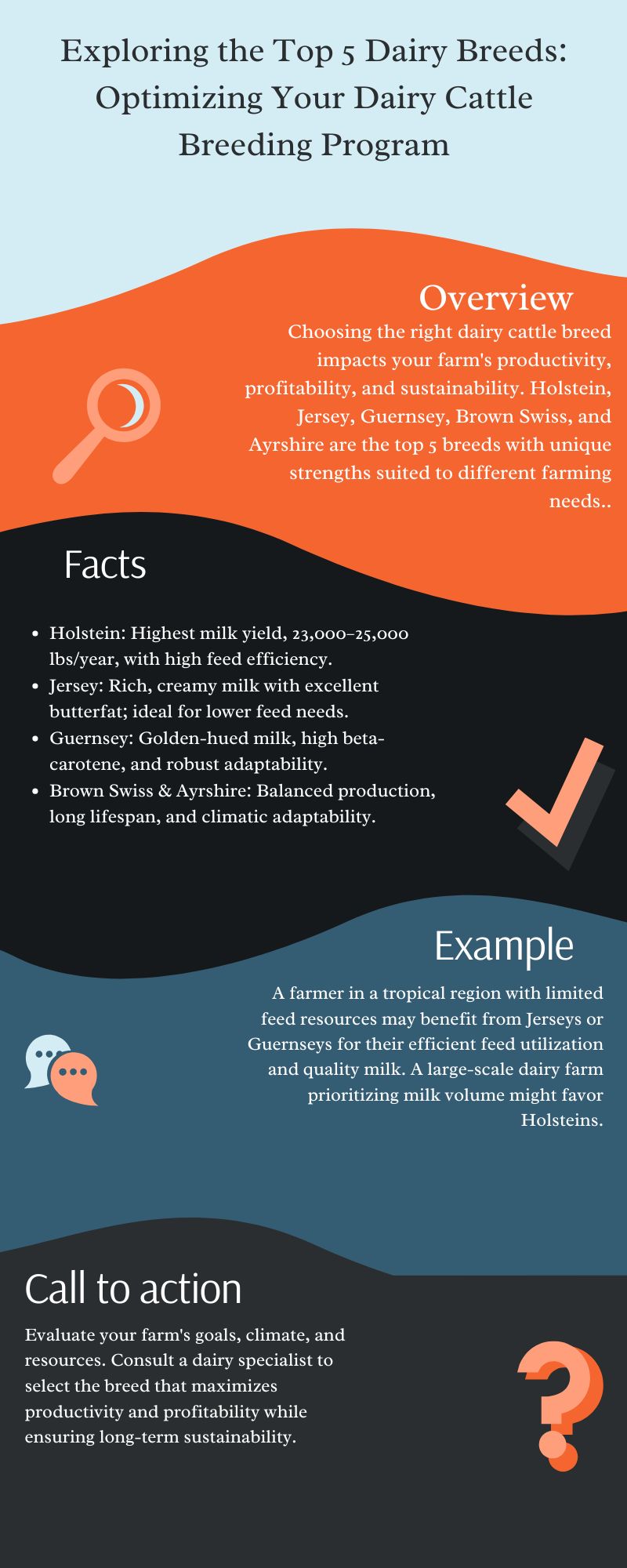As a dairy farmer, selecting the right breed of cattle is a crucial decision that can have a significant impact on the productivity, profitability, and overall success of your operation. With a wide range of dairy cattle breeds available, each with its unique characteristics and advantages, it can be a daunting task to determine which breed will best suit your specific needs and goals.
In this blog article, we will look into the top 5 dairy cattle breeds, exploring their distinctive features, production capabilities, and the factors that make them ideal for dairy farmers.
By understanding the strengths and considerations of these breeds, you can make an informed decision that aligns with your farm’s objectives and ultimately, enhances the efficiency and profitability of your dairy operation.
Key Takeaways:
- The top 5 dairy cattle breeds – Holstein, Jersey, Guernsey, Brown Swiss, and Ayrshire – each offer unique strengths in terms of milk yield, milk composition, feed efficiency, adaptability, and longevity.
- Evaluating your farm’s specific production goals, feed availability, climate, herd health, and breed accessibility is crucial in selecting the optimal dairy cattle breed.
- Breeds like Holsteins excel in milk yield, while Jerseys and Guernseys are known for their rich, creamy milk. Brown Swiss and Ayrshires offer balanced production and adaptability.
- Considering factors such as feed efficiency, disease resistance, and longevity can help ensure the long-term profitability and sustainability of your dairy operation.
- Seeking guidance from experienced dairy specialists or breeders can aid in identifying the breed that best aligns with your farm’s unique requirements and goals.

The Top 5 Dairy Cattle Breeds
1. Holstein
Overview
The Holstein breed is the most widely recognized and dominant dairy cattle worldwide. Known for their iconic black-and-white coat, Holsteins are celebrated for their exceptional milk production and adaptability, making them a top choice for dairy farmers across the globe.
Key Characteristics
- High Milk Yield: Produces 23,000 to 25,000 pounds (10,400 to 11,300 kg) of milk annually, making it the highest-yielding breed.
- Efficient Feed Conversion: Converts feed into milk with remarkable efficiency.
- Adaptability: Thrives in various climates and farming systems, showcasing excellent versatility.
- Longevity: Remains productive for multiple lactations with proper care, contributing to long-term profitability.
Considerations
- Nutritional Demands: Requires a high-quality, balanced diet to sustain its high milk output.
- Health Vulnerabilities: Prone to issues such as mastitis, lameness, and metabolic disorders, necessitating proactive health management.
Best Fit For
Farmers aiming for maximum milk yield and operating in environments that can support higher nutritional needs and health care standards.
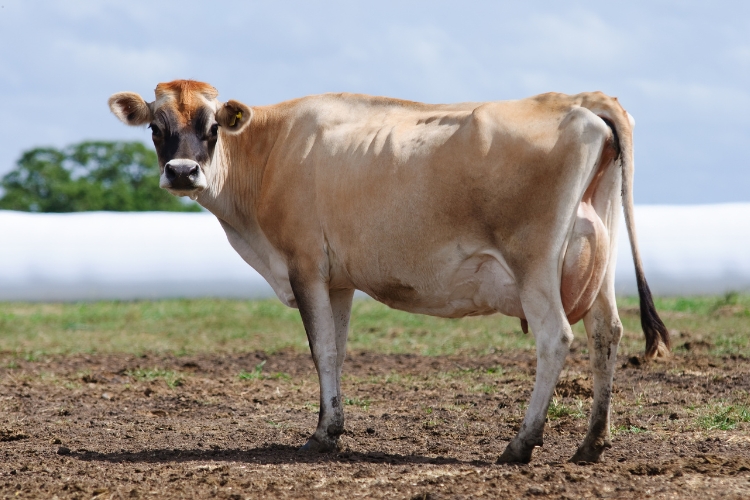
2. Jersey
Overview
The Jersey breed is celebrated for its smaller stature and exceptional milk quality. Known for producing rich, creamy milk with high butterfat and protein content, Jerseys are a preferred choice for dairy farmers prioritizing milk composition and efficient feed use.
Key Characteristics
- Rich Milk Quality: Produces milk with a higher percentage of butterfat and protein, ideal for premium dairy products like butter and cheese.
- Efficient Feed Utilization: Requires less feed while delivering excellent production, making it a cost-effective breed.
- Adaptability: Thrives in diverse climates, from temperate to tropical, demonstrating remarkable versatility.
- Longevity: Known for extended productive lifespans, often yielding milk over multiple lactations.
Considerations
- Lower Milk Yield: Produces less milk overall compared to larger breeds like Holsteins, though it compensates with higher quality.
- Heat Sensitivity: More prone to heat stress, particularly in hot climates, requiring proper cooling strategies and management.
Best Fit For
Farmers focusing on high-quality milk production for value-added dairy products and operating in regions where feed efficiency is crucial.
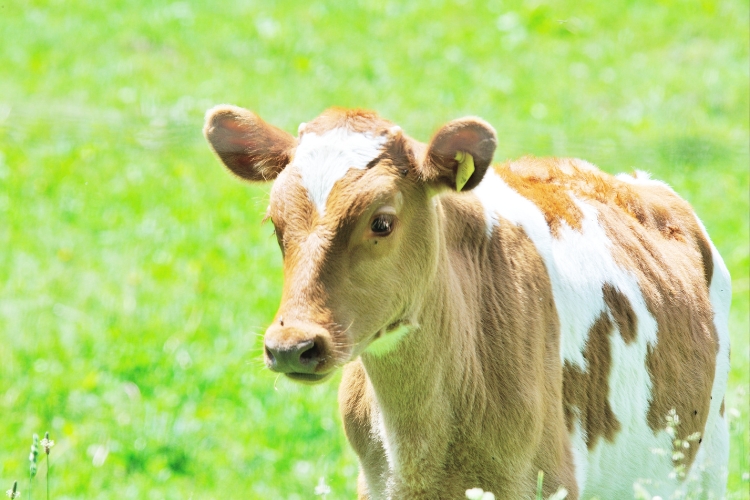
3. Guernsey
Overview
The Guernsey breed, hailing from the island of Guernsey in the English Channel, is renowned for its golden-hued, nutrient-rich milk. Known for its efficiency and adaptability, Guernsey cattle are a popular choice among farmers seeking high-quality milk and robust health in their herds.
Key Characteristics
- Golden-Hued Milk: Produces milk with a distinctive golden color and creamy texture due to high beta-carotene levels.
- Efficient Feed Conversion: Converts feed into premium-quality milk efficiently, making it economical for farmers.
- Climate Adaptability: Thrives in various environments, from temperate to subtropical climates.
- Longevity and Hardiness: Known for robust health and long productive lifespans, often remaining active for multiple lactations.
Considerations
- Lower Milk Yield: Overall milk production is slightly less than larger breeds like Holsteins, though the milk quality is exceptional.
- Limited Availability: Less widely available in certain regions, which may pose challenges for sourcing and herd expansion.
Best Fit For
Farmers focusing on premium milk quality and operating in environments that value efficiency and adaptability over maximum milk yield.
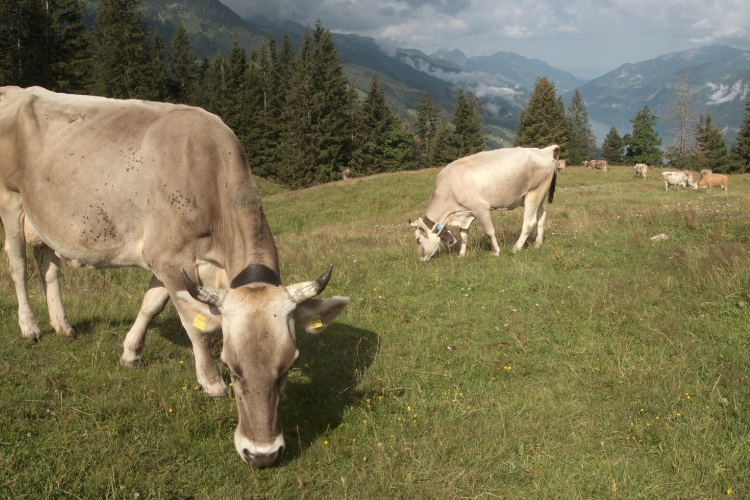
4. Brown Swiss
Overview
The Brown Swiss breed is celebrated for its durability, adaptability, and exceptional milk quality. Originating from the Swiss Alps, these cattle excel in both dairy and dual-purpose operations, making them a versatile choice for farmers worldwide.
Key Characteristics
- High-Quality Milk: Produces milk rich in butterfat and protein, ideal for cheese and other dairy products.
- Adaptable to Climates: Thrives in a variety of environments, from temperate regions to mountainous areas.
- Longevity and Hardiness: Known for robust health and extended productive lifespans, performing well over multiple lactations.
- Dual-Purpose Potential: Suitable for both dairy production and beef purposes, offering flexibility for mixed farming operations.
Considerations
- Moderate Milk Yield: While the milk quality is excellent, overall production is slightly lower compared to breeds like Holsteins.
- Slower Growth Rate: Calves tend to develop more slowly, potentially impacting early productivity.
Best Fit For
Farmers seeking a hardy and adaptable breed that balances milk quality with multi-purpose utility, ideal for regions with challenging climates.

5. Ayrshire
Overview
The Ayrshire breed, hailing from the Ayrshire region of Scotland, is celebrated for its balance of reliable milk production, adaptability, and excellent udder health. This hardy breed is well-suited for diverse farming systems and climatic conditions.
Key Characteristics
- Consistent Milk Production: Produces a steady annual yield of 18,000 to 20,000 pounds (8,200 to 9,100 kg).
- Superior Udder Health: Low susceptibility to udder-related issues, such as mastitis, ensuring reliable productivity.
- Adaptability: Thrives across various climates, especially in temperate to cooler regions, making it a versatile choice for dairy operations.
- Longevity and Durability: Known for its long productive lifespan and ability to withstand the demands of dairy farming.
Considerations
- Lower Milk Fat and Protein: While milk quality is high, butterfat and protein levels are slightly lower compared to richer breeds like Jerseys.
- Regional Availability: Ayrshires may be harder to source in certain areas, impacting accessibility for some farmers.
Best Fit For
Farmers seeking a reliable and robust dairy breed that offers steady milk production, strong udder health, and adaptability to varied climates.
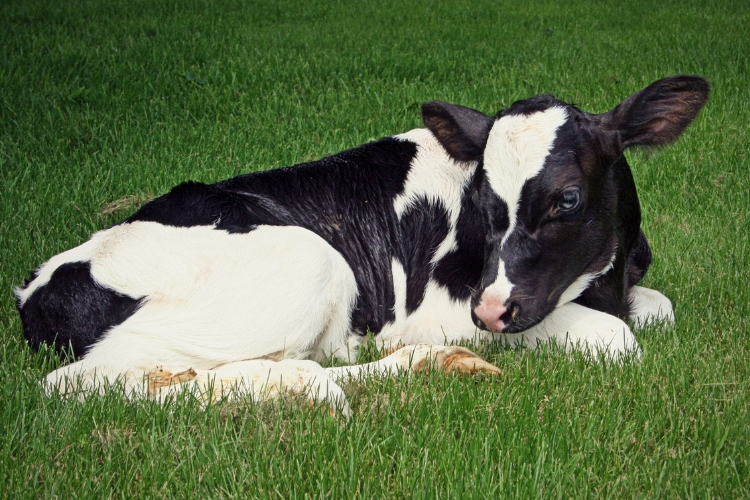
Pros and Cons of the Top 5 Dairy Cattle Breeds
| Breed | Pros | Cons |
|---|---|---|
| Holstein | – Highest milk yield globally. – Highly adaptable to different climates. |
– Requires high-quality feed. – Prone to health issues like mastitis and lameness. |
| Jersey | – Produces rich, creamy milk with high butterfat content. – Very efficient in feed utilization. |
– Lower overall milk yield. – More vulnerable to heat stress. |
| Guernsey | – Golden-colored milk with high beta-carotene. – Robust health and longevity. |
– Slightly lower milk yield compared to larger breeds. – Limited availability in some regions. |
| Brown Swiss | – Balanced production with excellent milk quality. – Hardy, long-lived, and dual-purpose (milk & beef). |
– Slower growth rate in calves. – Moderate milk yield. |
| Ayrshire | – Consistent production with healthy udders. – Adaptable to diverse environments. |
– Slightly lower butterfat content in milk. – May not be readily available everywhere. |
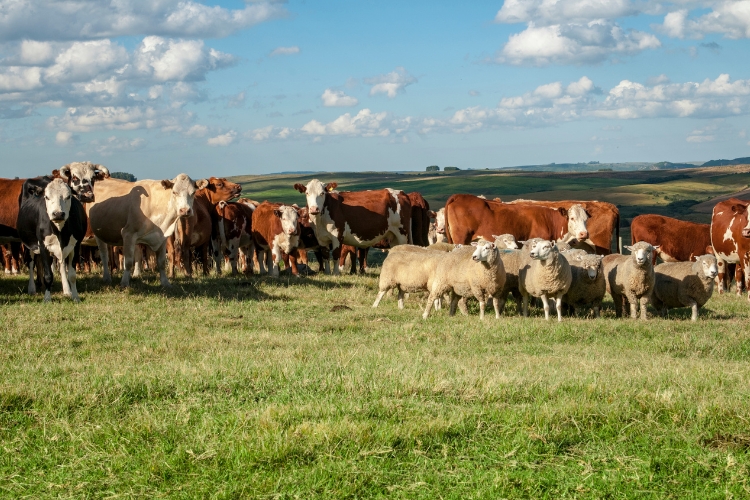
Comparing the Top 5 Dairy Cattle Breeds
To help you visualize the key characteristics of the top 5 dairy cattle breeds, we’ve compiled the following table:
| Breed | Milk Yield (lbs/year) | Milk Fat & Protein | Feed Efficiency | Adaptability | Longevity |
|---|---|---|---|---|---|
| Holstein | 23,000 – 25,000 | High | Excellent | Excellent | Excellent |
| Jersey | 16,000 – 18,000 | Very High | Excellent | Excellent | Excellent |
| Guernsey | 15,000 – 17,000 | High | Excellent | Excellent | Excellent |
| Brown Swiss | 18,000 – 20,000 | High | Good | Excellent | Excellent |
| Ayrshire | 18,000 – 20,000 | Good | Good | Excellent | Excellent |
Factors to Consider When Selecting a Dairy Breed
When choosing the best dairy cattle breed for your farm, it’s important to carefully consider the following factors:
- Production Goals: Evaluate your farm’s specific production goals, such as milk yield, milk composition, or a balance of both. This will help you identify the breed that aligns best with your objectives.
- Feed Availability and Cost: Consider the feed resources available on your farm and the associated costs. Breeds with higher feed efficiency can be more economical in terms of feed utilization.
- Climate and Environment: Assess the climatic conditions and environmental challenges (e.g., temperature, humidity, elevation) of your farm’s location, and select a breed that is well-suited to thrive in those conditions.
- Herd Health and Longevity: Prioritize breeds that have a track record of robust health and longevity, as this can contribute to the long-term profitability and sustainability of your dairy operation.
- Accessibility and Availability: Ensure that the breed you choose is readily available in your region, as accessibility can impact the ease and cost of sourcing replacement animals.
Conclusion
Selecting the right dairy cattle breed is a crucial decision that can significantly impact the productivity, profitability, and overall success of your dairy operation. By understanding the unique characteristics and considerations of the top 5 dairy breeds – Holstein, Jersey, Guernsey, Brown Swiss, and Ayrshire – you can make an informed choice that aligns with your farm’s specific goals and resources.
Remember, there is no one-size-fits-all solution when it comes to dairy cattle breeding. Carefully evaluate the factors discussed in this article, and consider seeking the guidance of experienced dairy specialists or breeders to help you identify the optimal breed for your farm. By doing so, you can ensure the long-term sustainability and success of your dairy enterprise.
FAQs
1. What are the top dairy cattle breeds and their strengths?
The top 5 breeds are Holstein, Jersey, Guernsey, Brown Swiss, and Ayrshire. Holsteins excel in milk yield, Jerseys and Guernseys in creamy milk quality, while Brown Swiss and Ayrshires offer balanced production and adaptability.
2. How do I choose the best breed for my farm?
Consider your production goals, feed resources, climate, and breed availability. Holsteins suit high-volume needs, Jerseys and Guernseys work well for rich milk, and Brown Swiss or Ayrshires are great for balanced farming. Consult experts for tailored advice.
3. What are the pros and cons of these breeds?
Holsteins lead in yield but need high-quality feed and health management. Jerseys and Guernseys have premium milk but lower output. Brown Swiss and Ayrshires are hardy and consistent but slightly lower in yield than Holsteins.
4. How can I ensure sustainable dairy farming?
Opt for breeds with good feed efficiency, disease resistance, and longevity. Align breed selection with your farm’s resources and conditions, and invest in expert guidance for optimal herd management and profitability.
